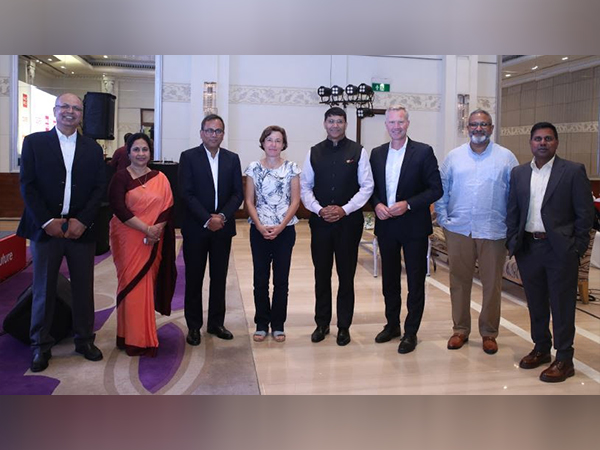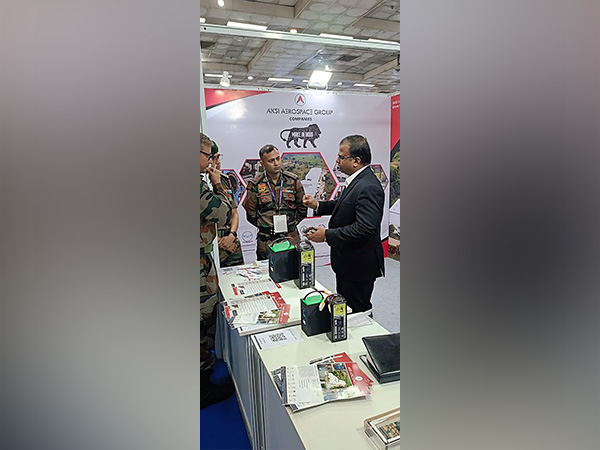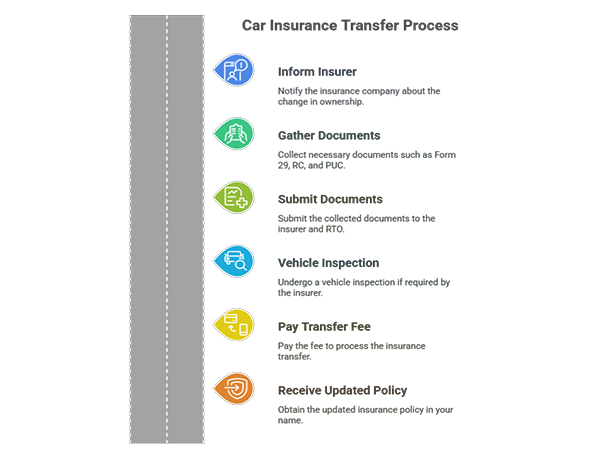US formalizes reciprocal tax
Aug 02, 2025

New York [US], August 2: CNBC News reported that on July 31, US President Donald Trump signed an executive order on reciprocal taxes for 69 economies, updating new tax rates ranging from 10% to 41%.
Contradictory tariffs in Southeast Asia
When President Trump first announced the reciprocal tariffs on April 2, many countries in Southeast Asia faced the highest tariffs. Under an executive order signed by Trump on July 31 (US time), the reciprocal tariffs in the region have been adjusted, with one group of countries reaching agreements with the US and the other group not.According to Reuters, although the tariffs have been reduced compared to before, Laos and Myanmar are among the countries facing the highest reciprocal tariffs of 40%, second only to Syria's 41%. The reciprocal tariffs currently imposed by the US on Cambodia, Indonesia, Malaysia, Thailand and Vietnam have all been significantly reduced, to 19% or 20%.
The Khmer Times quoted Cambodian Prime Minister Hun Manet as saying that the reciprocal tax reduction from 49% to 19% is good news for the people and the Southeast Asian nation's economy. AFP quoted Thai government spokesman Jirayu Huangsab as calling the 19% tax a great success for the country, representing a win-win approach with the US.
Notable exceptions include Brunei and the Philippines, two ASEAN economies that saw their tariffs raised from their original levels. Brunei was the only country to see its tariffs slightly increased from 24% to 25%. The Philippines also saw its tariffs increase from 17% to 19% for goods exported to the US.
There is still time to negotiate.
Many tariffs will officially take effect from August 7. However, in an interview with NBC after signing the decree, President Trump also confirmed that he remains open to convincing proposals from economic partners, if any.
Among the countries facing the highest reciprocal tariffs from the US, Syria currently leads with 41. The reciprocal tariffs for Switzerland and South Africa are 39% and 30%, respectively. President Trump also implemented a plan to raise tariffs on goods imported from Canada to the US to 35%, effective August 1. AFP quoted Canadian Prime Minister Mark Carney expressing the Ottawa government's disappointment with the decision of its US neighbor. As for Mexico, Mr. Trump gave his key economic partner more time to negotiate and did not rush to raise tariffs to 30% as warned.
CNBC cited a White House announcement that said all goods classified as transit goods for purposes of avoiding tariffs would be subject to an additional 40% tariff. The executive order also stipulates that countries not on the list of nearly 70 economies that have updated their reciprocal tariffs will be subject to an additional 10% tariff. And trading partners that are in the process of negotiating or are close to reaching trade and security agreements with the US will be subject to temporary tariff adjustments until these agreements are finalized.
Source: Thanh Nien Newspaper









